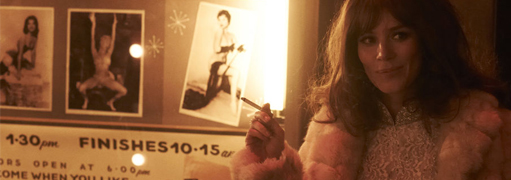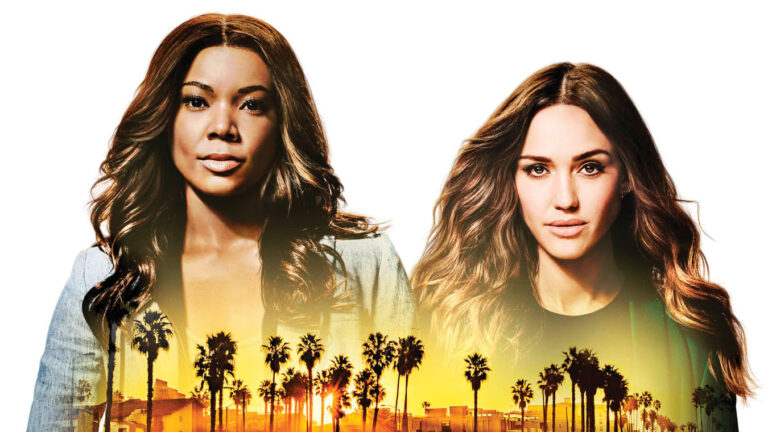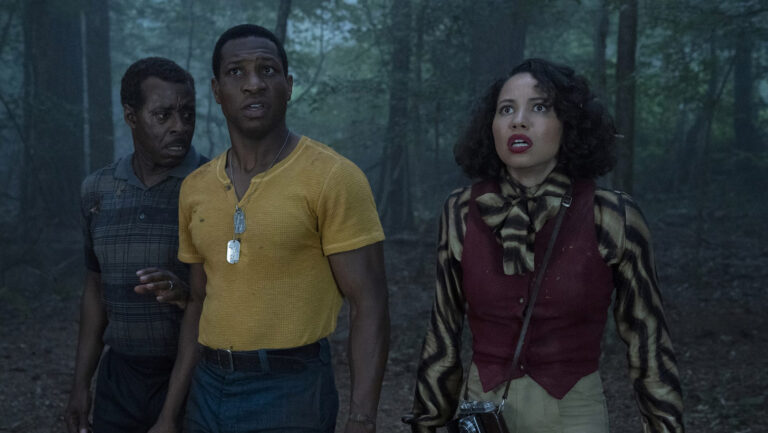Film Review: Winterbottom And Coogan Pull Back The Sheets Of One Man’s Empire Of Smut In The Look Of Love
Winterbottom And Coogan Pull Back The Sheets On One Man’s Very British Empire Of Smut


guv’nor.”


